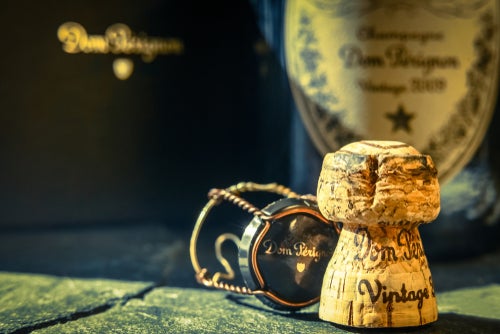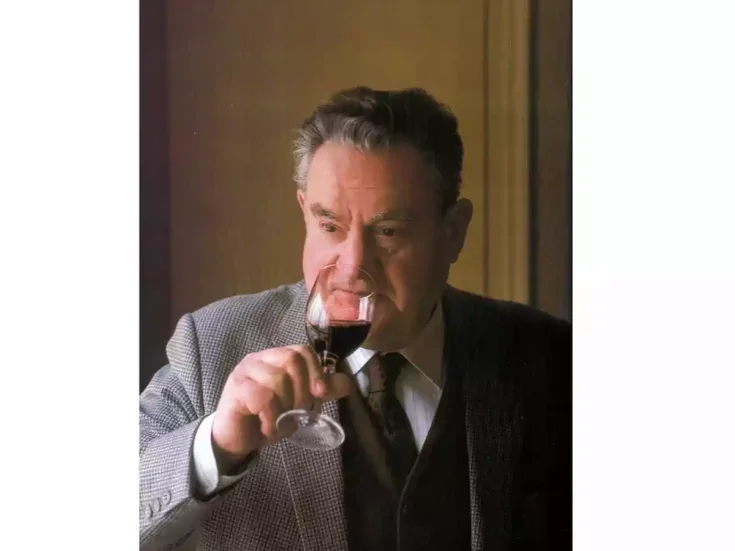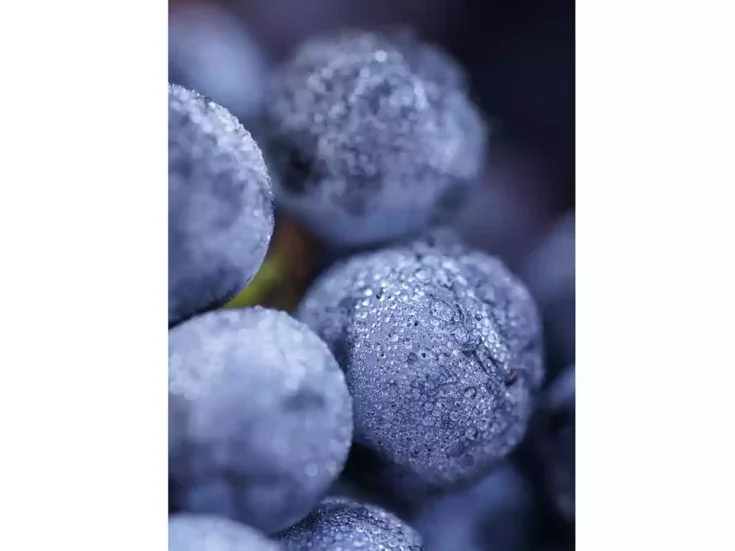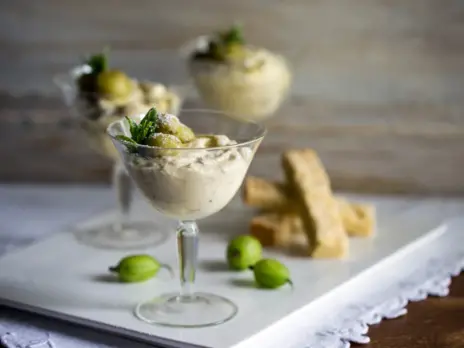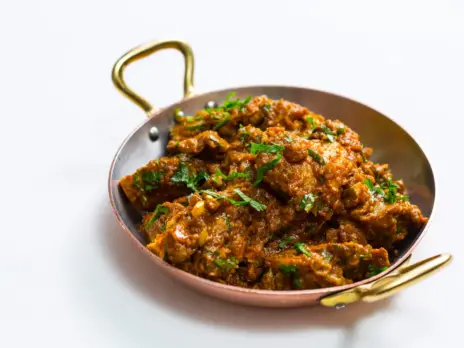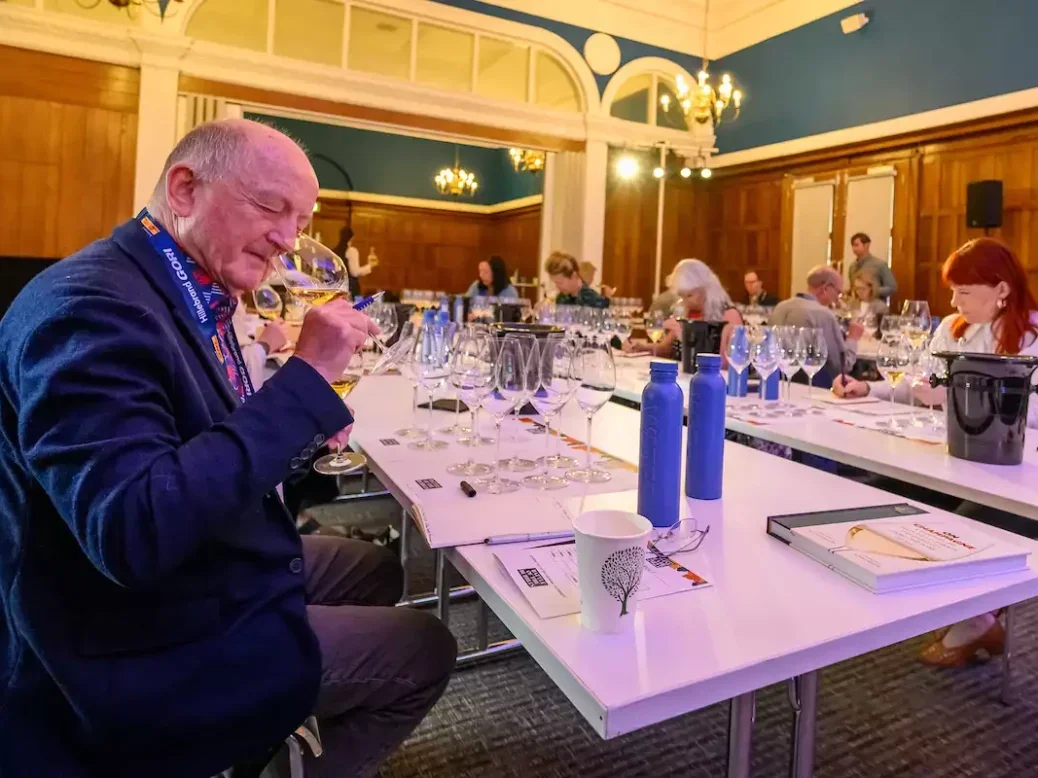
Joanna Simon reports from the Battle of the Bubbles, an enjoyably challenging tasting with some surprising results.
I discovered at the Battle of the Bubbles, this year’s icon tasting at the London Wine Fair, that there is something liberating about being asked not to try to guess the region/country of origin of the wines in a blind tasting. But I also discovered that it is very difficult to do, perhaps all the more so when the wines are Champagnes paired with prestige sparkling wines from the rest of the world. It was as if I was programmed from within to examine the bubbles minutely (no pun intended) and wonder whether they hailed from Champagne and to speculate along the same lines at every stage as I sniffed, sipped, savored, and spat. I tried not to, and forbade myself from writing my speculations and conclusions down, but looking back at my notes I know what I decided (and, no, I certainly wasn’t always right).
The reason that Ronan Sayburn MS expressly briefed the 16 tasters not to try to guess the origins was to guard against unintentional bias, which it is fair to assume might have favored Champagne. Ronan, CEO of The Court of Master Sommeliers, and Sarah Abbott MW, managing director of Swirl Wine Group, had jointly selected the 26 wines and they guided and oversaw proceedings on behalf of Hannah Tovey, event director of London Wine Fair (LWF), just as they had done last year for the first such tasting, the Judgment of London (WFW 84), a homage to Steven Spurrier and his groundbreaking 1976 Judgment of Paris.
Following the success of the 2024 event, Hannah decided that an icon tasting would open every LWF, “despite,” as she put it, “the terrible hit on my credit card.” Her memory, she said, seemed to have been wiped clean of the learning curve from last year of what happens when you give carte blanche to a Master of Wine and a Master Sommelier to choose the wines. “I had to sweet-talk the LWF director several times to increase the limit on my credit card.” I can believe it. And I am very grateful that she did.
The tasting was billed as a battle, the Battle of the Bubbles, but in his briefing Ronan said that it was not a competition. “[The purpose is] not to say that Champagne is better or that Champagne has fallen behind.”
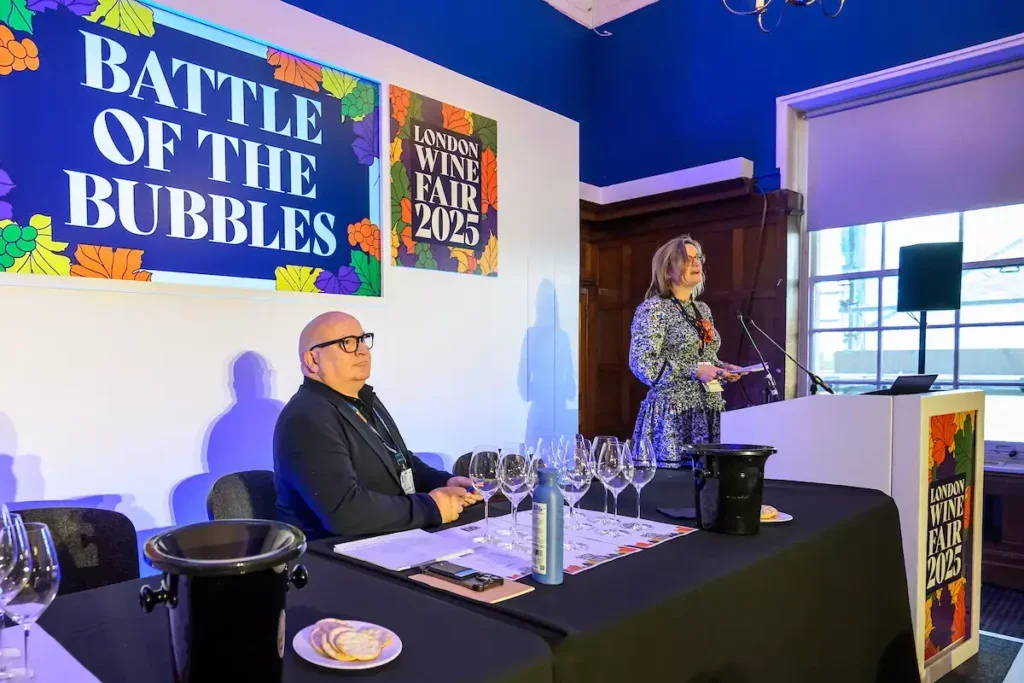
The Battle of the Bubbles: A sparkling showcase
The idea was, rather, to showcase a section of the fine-wine market—in the case of Champagne and sparkling wines, one described by Sarah as “very vibrant” in the UK—and to see whether the playing field has leveled around the world in recent years. To this end, they were looking for the results to reveal the following: A top-scoring Champagne, a top-scoring global sparkling wine, a top overall wine, an overall winning side (Champagne or sparkling), and a best-value wine. It may not have been a competition, but it was beginning to sound rather like one, although it was certainly none the worse for that.
The wines had been chosen with the intention of covering all styles, which inevitably meant Champagne styles, and of matching like for like as far as possible in terms of style and price. This did not mean that the grape varieties were necessarily the same within the pairs or even that they were all Champagne grape varieties. We knew this before we started tasting and it was very obvious as soon as we did begin.
On the question of Vintage, Non-Vintage, and Multi-Vintage, we were told only that the vintages went from 2008 to “current” and that all wines were (in May) available, albeit some were very rare and/or only available on allocation. When the identities were disclosed after the tasting, we saw that vintages were not the same within the pairs and that some pairs consisted of one vintage wine and one that did not state a vintage (although could have been from a single year). The most recent vintage was 2019.
Explaining the selection afterwards, Sarah said, “We paired the wines partly through a direct correlation of grape varieties, terroir, ageing and style. In some cases, for very distinctive wines, we paired them because they had a similar personality or structure, even if their elements were quite different.”
Under exam conditions, but much more enjoyable than any other exam I have sat, we tasted the 13 pairs of one Champagne and one sparkling wine, divided into a flight of six wines and then one of seven. They were poured from the identical carafes into which they had been expertly decanted by the same sommeliers as last year’s event: Ioanna Nerantzi from Greece and Dion Wai from New Zealand.
To score the wines, we used a 100-point scale, and we were told by Ronan not to sit on the fence but to “mark generously.” At last year’s Judgment of London, the tasters marked out of 10 but, as half marks were allowed, it was in effect a 20-point system. The method used for determining the results was once again the Borda Count scoring system, which is described as “a non-dictatorial positional voting method which ranks the wines in order and uses a preferential voting scheme to aggregate the rankings. The result has less bias than plurality voting which can give greater weight to judges who put plenty of scatter into their scores.”
The time allowed for the two flights gave us around eight minutes per pair of wines, which was generous (without being too generous) considering that we were not required to submit tasting notes. In theory, this meant that we didn’t have to write any notes, although I imagine that most, perhaps all, of us did.
In the same way that it was liberating—in its way—not to be having to try to identify which were and were not the Champagnes, so was not having to deliver notes for scrutiny. If nothing else, it meant handwriting didn’t have to be legible to anyone else and personal shorthand could be as unintelligible as we liked. Easy, then, except that, as Ronan said, “sparkling wine tasting is tough.” Reassuringly, he reiterated it after the tasting, saying, “I knew what the wines were, and it was a tricky tasting,”
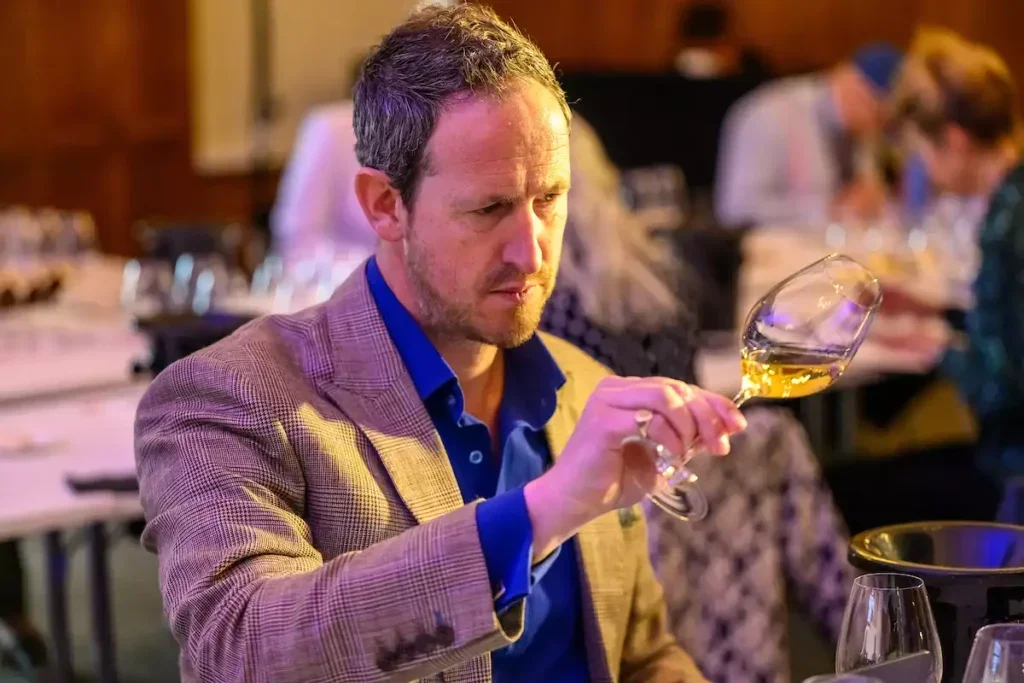
A fascinating tasting
I am sure all WFW readers know this, but tasting sparkling wines has added difficulties simply because of the bubbles. They add another dimension to consider; they can seem to get in the way of other elements, for example, aroma; and they tire the palate. But, believe me, I am not complaining. This was a fascinating, illuminating, very enjoyable, and impeccably organized tasting of some top-rank Champagnes and sparkling wines from eight countries and four continents.
The full results are below, but the headlines are that Champagne won overall but the number one and two spots both went to English wines: 2010 Nyetimber 1086 followed by 2016 Gusbourne 51 degrees North. Champagnes took the next six places, led by 2013 Dom Pérignon, while ninth and tenth places went, respectively, to the USA for the non-vintage Roederer Estate Quartet and to South Africa for 2019 Graham Beck Cuvée Clive.
For the record, I gave my equal top score at the Battle of the Bubbles to 2013 Dom Pérignon and 2019 Graham Beck Cuvée Clive, a wine I had not previously tasted in any vintage. One point behind, in equal second place, I put 2013 Taittinger Comtes de Champagne and 2016 Gusbourne Fifty One Degrees North. Four wines were one point behind again: Krug Grande Cuvée 172ème Èdition (with a plus sign indicating I ranked it the thinnest of a cat’s whisker higher), 2010 Dom Ruinart, and two wines that didn’t make it into the judges’ top 10, 2016 Ca’ del Bosco Cuvée Annamaria Clementi and Drappier Quattuor.
I gave the 2010 Nyetimber 1086 one point less again, together with four other wines. It was a high score but (to my disappointment, I confess) not as high as I had given it in 2019 and 2023, two occasions when I knew exactly what I was tasting. It will come as no news to anyone that blind tasting is a great leveler of tasters as well as of that which is tasted. But that is to the good. And this was a very good tasting.
The Battle of the Bubbles: Results
Top-scoring Champagne
2013 Dom Pérignon
Top-scoring global sparkling
2010 Nyetimber 1086, UK
Top-scoring wine
2010 Nyetimber 1086, UK
Scores by cateogry
Champagnes: 2,782 points
Global sparkling: 2,418 points
Difference: 15%
Overall winner:
Champagne
Best value wine
Cloudy Bay Pelorus Rosé, New Zealand
Battle of the Bubbles: Top 10 wines
2010 Nyetimber 1086, UK
2016 Gusbourne Fifty One Degrees North, UK
2013 Dom Pérignon, Champagne
2010 Ruinart Dom Ruinart, Champagne
2013 Taittinger Comtes de Champagne
Krug Grande Cuvée 172ème Édition, Champagne
2008 Bollinger RD, Champagne
Egly-Ouriet V.P Vieillissement Prolongé, Champagne
Roederer Estate Quartet, USA
2019 Graham Beck Cuvée Clive, South Africa
Battle of the Bubbles wines in the pairs and order tasted
FLIGHT ONE
Global Sparkling—2011 Gramona Enoteca Brut Nature, Penedès, Spain
Champagne—NV Eric Rodez Cuvée de Crayères Extra Brut
Champagne—2008 Bollinger R.D.
Global Sparkling—2009 House of Arras E.J. Carr Late Disgorged, Tasmania, Australia
Champagne—NV Laurent-Perrier Cuvée Rosé
Global Sparkling—NV Cloudy Bay Pelorus Rosé, New Zealand
Global Sparkling—2016 Ca’ del Bosco Cuvée Annamaria Clementi, Franciacorta, Italy
Champagne—2013 Taittinger Comtes de Champagne
Champagne—2012 Billecart-Salmon Cuvée Elisabeth Salmon Rosé
Global Sparkling—NV Cruse Wine Co. Tradition Sparkling Rosé LC18, Sonoma Coast, USA
Global Sparkling—2019 Graham Beck Cuvée Clive, South Africa
Champagne—2010 Ruinart Dom Ruinart
FLIGHT TWO
Global Sparkling—NV Roederer Estate Quartet, Anderson Valley, USA
Champagne—Krug Grande Cuvée 172ème Édition
Champagne—2018 Agrapart & Fils Minéral Blanc de Blancs Extra Brut
Global Sparkling—2017 Quartz Reef Blanc de Blancs, Central Otago, New Zealand
Champagne—2018 Pol Roger Sir Winston Churchill
Global Sparkling—2016 Gusbourne Fifty One Degrees North, UK
Global Sparkling—2015 Nino Franco Rustico Valdobbiadene Prosecco Superiore, Veneto, Italy
Champagne—2016 Egly-Ouriet V.P Vieillissement Prolongé
Global Sparkling—NV Weingut Karthäuserhof Karthäuserhof Brut, Ruwer, Germany
Champagne—NV Champagne Drappier Quattuor Blanc de Quatre Blancs
Global Sparkling—2011 Recaredo Turó d’en Mota Brut Nature, Penedès, Spain
Champagne—2015 Louis Roederer et Phillipe Starck Brut Nature
Champagne—2013 Dom Pérignon
Global Sparkling—2010 Nyetimber 1086, UK
The Battle of the Bubbles tasting panel
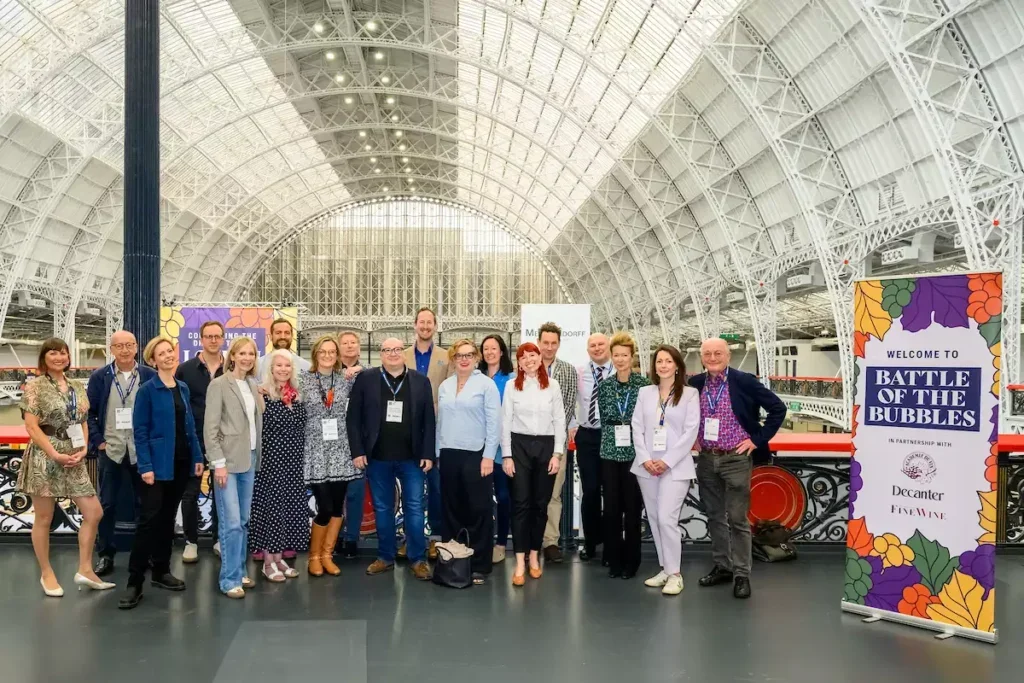
Elliot Awin, partner at ABS Wine Agencies
Susie Barrie MW, writer and broadcaster, Wine Blast podcast
Sam Caporn MW, director, The Mistress of Wine
Oz Clarke, broadcaster, author
Giles Fallowfield, Champagne and sparkling wine specialist
Tina Gellie, content director, Decanter
Charlotte Gordon, wine consultant
Tom Hewson, Champagne correspondent, Decanter
Henry Jeffreys, author of Vines in a Cold Climate
Alice Lascelles, Journalist at Financial Times
Matthieu Longuere MS, wine development manager, Cordon Bleu
Jane Rakison, editor and broadcaster
Peter Richards MW, writer and broadcaster, Wine Blast podcast
Anthony Rose, wine writer
Joanna Simon, wine writer
Siobhan Turner MW, wine consultant

